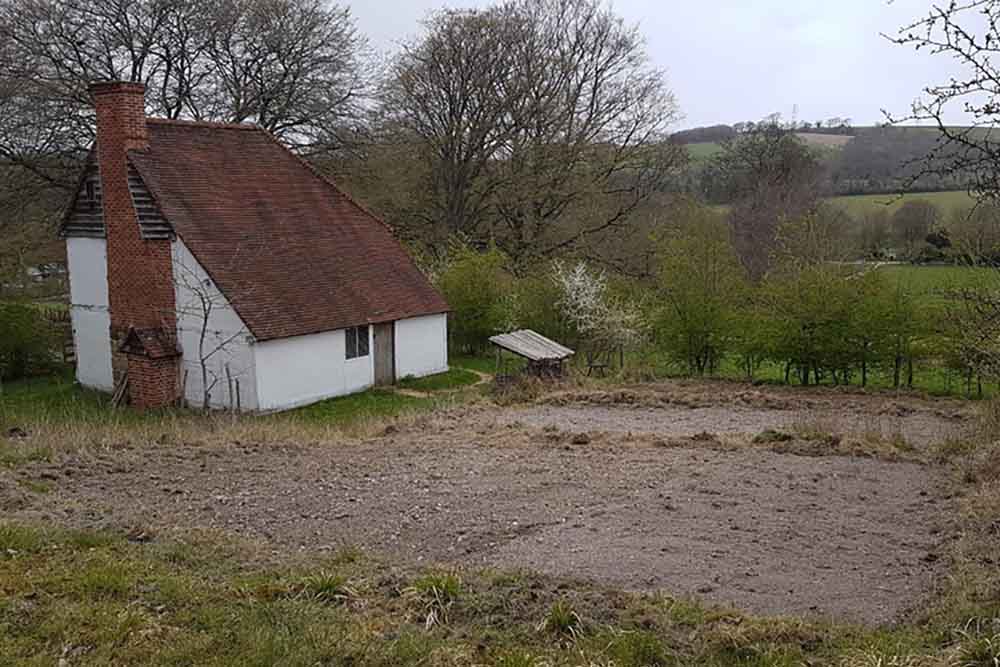
Did you know? Flax was traditionally grown in this area (weald & downland) to produce linen cloth.
At the Weald & Downland Living Musuem we grow our own flax in the yard behind Tindalls, where we normally carry out our flax preparation demonstrations.
We have three beds and use them in rotation to ensure that one is normally left fallow for a year. From the end of the farming season the previous year, we turn over the soil and fertilise it using manure and wood ash. From late February/March time, we then de-turf the beds and rake them through to prepare them for sowing.
The sowing takes place during the month of April. It is very important to cast the seeds evenly in order for the crop to grow properly. It is also important to sow the seeds on a windless morning to ensure the best results. The task of sowing was so important that in some areas they would employ specific people for this task!
It takes around 100 days from planting to harvesting the crop for flax/textiles. To plant the seeds we broadcast them by hand and then stamp them into the ground, the seeds need to be covered but are shallow planted.
At the Museum, we use heritage varieties of flax seeds such as Riga Child to produce the long stems needed for textile production.
Spring is a perfect time to see the Museum’s gardens blossom – have you booked your tickets yet?
Our next Historic Life Weekend: May Day is on 1 & 2 May
A time to celebrate the resurrection of nature after the winter months. The Historic Gardens will have an abundance of herbs and flowers traditionally associated with May Day. We will be gathering herbs such as Hawthorn (May bush), Meadowsweet (Meadow Queen), Periwinkle (Sorcerer’s Violet) and Sweet Woodruff (May bowl) to make garlands and also focus on herbal folklore and traditions.







